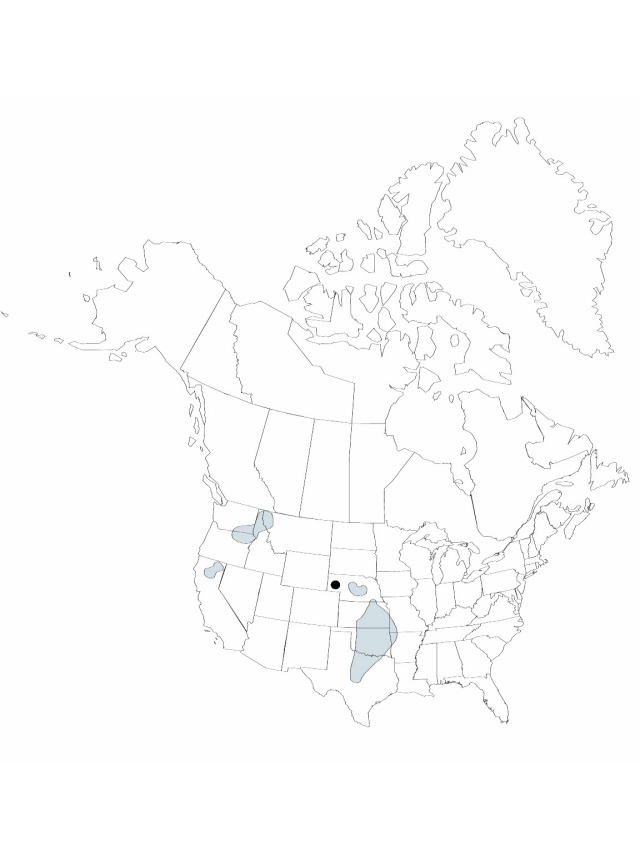Juncus brachyphyllus
Bulletin of the Torrey Botanical Club 27: 519. 1900.
Herbs, perennial, cespitose, to 8 dm. Rhizomes densely branching. Cataphylls 1–2. Leaves basal, 2–5; auricles 0.4–1.1(–2) mm, scarious; blade flat, 9–25 cm × 0.8–1.5(–2.4) mm, margins entire wide, becoming involute under xeric conditions. Inflorescences 10–150-flowered, usually congested, 1.5–8 cm; primary bract usually longer than inflorescence. Flowers: bracteoles 2; tepals green to tannish, lanceolate, 3.5–5.7 mm; outer and inner series nearly equal, in fruit apex appressed to capsule; stamens 6, filaments 0.6–1.1 mm, anthers 0.56–0.91 mm; style 0.2 mm. Capsules dark tan to reddish brown, 3-locular, ellipsoid to narrowly so, 2.6–4.7 × 1.3–2 mm, barely shorter than tepals. Seeds tan, ellipsoid to lunate, (0.32–)0.45–0.52(–0.65) mm, not tailed. 2n = ca. 80.
Phenology: Flowering and fruiting late spring–early summer.
Habitat: Exposed moist or wet soils associated with depressions in temporal wetlands, along stream banks or lake shores especially in sandy soils
Elevation: 900–1650 m
Distribution

Ark., Calif., Idaho, Kans., La., Mo., Mont., Nebr., Okla., Oreg., Tex.as, Wash.
Discussion
Selected References
None.